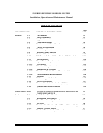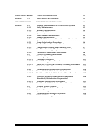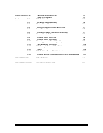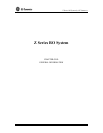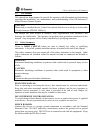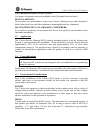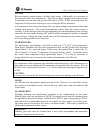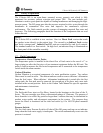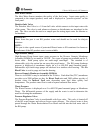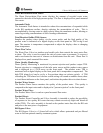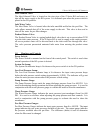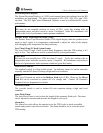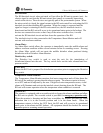
Z Series RO System by GE Osmonics
USE PROPER POWER CONNECTIONS:
Use proper wiring and connection methods to satisfy hospital electrical codes.
DEVICE LABELING:
Do not under any circumstances; remove any Caution, Warning or any other descriptive
labels from the devices until the conditions warranting the label are eliminated.
DO NOT OPERATE IN A FLAMMABLE ATMOSPHERE:
To avoid fire or explosion, do not operate this device in an explosive environment or near
flammable anesthetics.
1.3 Applications
The Z Series Reverse Osmosis (RO) System is designed to purify water by forcing water
through a semi-permeable RO membrane. Water purified by reverse osmosis has had
approximately 95% of the dissolved ions and approximately 99% of most other
contaminants removed. The purified water, referred to as product water or permeate, is
suitable for hemodialysis applications when the quality is equal to or exceeds AAMI
standards.
1.4 Contraindications
WARNING:
GE Osmonics RO systems are not designed, sold, or intended for use in producing
water for injection.
Furthermore, GE Osmonics RO systems are not intended to be used outside of the device
specifications and limitations, as outlined in this manual and other related materials.
1.5 Environmental Considerations
Prior to the installation of the Z-Series RO System, it will be necessary to provide
utilities and create an environment suitable for the trouble free operation of the RO
system and its accessories.
POWER:
The Z-Series unit operates on either single-phase or three-phase power with a variety of
voltages being available. Histories of power failure, power surges, and low line voltages
should be noted and reported to the manufacturer or their agent as they may create
adverse conditions for the operation of equipment.
DRAIN:
A drain outlet is required by the RO system. The drain must have a minimum capacity of
nine gallons per minute of continuous flow for as long as and as often as the RO is
operating. A 2” pipe with a 1/8” per foot slope and a 1” minimum air gap normally
satisfies the waste flow requirement.
1238339b – 16Oct03 1 - 4 General Information




